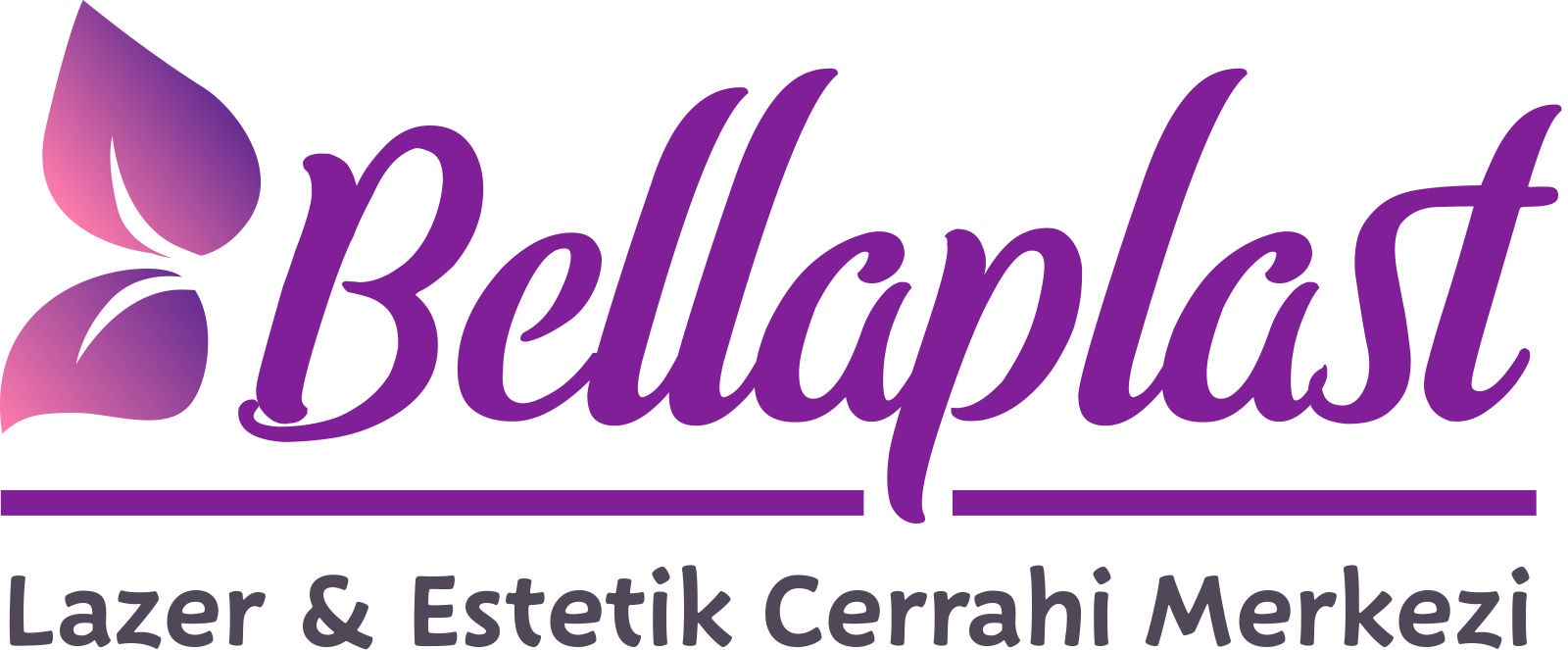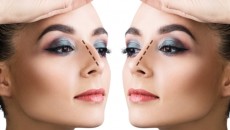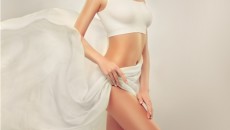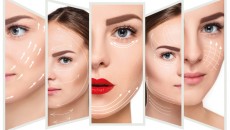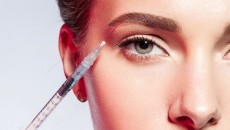Liposuction
Lipoplasty
Every year, thousands of men and women choose liposuction to remove the fatty deposits that just won`t respond to diet and exercise.
What is Liposuction?
Liposuction is a surgical procedure designed to remove small pockets of excess fat that are resistant to diet and exercise. A small tube called a cannula, connected to a vacuum machine, is inserted into the fatty tissue through tiny incisions placed in inconspicuous locations on the skin. Your surgeon gently moves the cannula around under your skin removing the unwanted fatty deposits. The result is a resculpting of bulging areas into more attractive contours. Now, a new technique called UAL has been added to complement the traditional forms of liposuction.
What is UAL?
Ultrasonically Assisted Lipoplasty complements Tumescent Liposuction. With the Tumescent technique, large volumes of saline solution, local anesthesia, and adrenaline are infused into the area being treated to cause swelling. This enables us to go more superficially under the skin. UAL uses high frequency sound waves to liquefy subcutaneous fat cells and facilitate low level aspiration. The ultrasonic energy acts primarily on the fat cells and has no effect on the vascular, nervous, or connective tissues. With UAL we can achieve smoother results, remove difficult fibrous fatty deposits and aspirate more fat.
What areas can be treated?
The most frequent areas treated by UAL in men are the love handles, breasts, abdomen and neckline. In women they include: thighs, hips, buttocks, stomach, knees, lower leg, cheeks and double chins. Some women elect to have their fat recycled to other parts of their body using lipo-augmentation.
How are the benefits of UAL measured?
Cosmetically speaking, successful Ultrasonically Assisted Lipoplasty is measured in inches rather than pounds. The weight removed is not as important as the improvement in your body`s contour. Most important is our patient`s improved self-image and self-acceptance.
How will my skin look after surgery?
Dimples, ripples and stretch marks remain unchanged. The changes following


LIPOSCULPTURE OF THE FACE
Liposculpture can also be applied to the face, either manually or with a pistol. For manual application, it is best to use a 1 ml insulin type syringe to enable a better quantification of the product and a reduction in the injection flow rate, thus making the injection less painful.
Facial liposculpture applies to various areas such as a double chin, the cheeks, palpebral pouches, but which in all cases are small in size. CELLULYSE will be used undiluted. Injections are to be performed at the deep intradermal level (4 to 6 mm) or hypodermal level to deliver the product directly into the fatty tissue. The technique used will vary according to the area.
For facial liposculpture the frequency recommended is on average one session a week. It is best to start by an aggressive treatment of 1 month with 3 to 4 sessions. The treatment can subsequently be spaced out depending on the results obtained and on patient demand. Nevertheless, it must not be forgotten that the effect, although long-lasting, does fade with time. It is therefore wise to recommend maintenance treatment at the rate of one session a month
Liposculpture of palpebral pouches:
Technique:
The point by point technique is used at the deep intradermal level (4 to 6 mm) or the retro-tracing technique. Injections can be made manually or with the pistol except for the retro-tracing technique.
Equipment:
• 0.4 ml of CELLULYSE (0.2 ml on each side)
• One 1 ml syringe (manual method) or 1 syringe of 2 to 5 ml (pistol method)
• One 30G x 1/2 ? needle (0.3 x 13 mm)
• One 19G x 1 ? needle (1.1 x 25 mm)
• Disinfectant and compresses
Mode of operation:
• Disinfect the area to be treated with the compresses and disinfectant.
• Put the patient in a sloping position.
• Draw up 0.4 ml from the bottle of CELLULYSE into the 1 ml syringe with the 19G x 1 ? needle.
• As required, place the syringe in the pistol and connect the 30G x 1/2 ? to the syringe.
• Inject the CELLULYSE over the area to be treated.
Liposculpture of a double chin
Technique:
The point by point technique is used at the deep intradermal level (12 to 15 mm). Injections can be made manually or with the pistol.
Equipment:
• Up to one 5 ml bottle of CELLULYSE (depending on the area of the zone to be treated)
• One 1 ml syringe (manual method) or 1 syringe of 2 to 5 ml (pistol method)
• One 30G x 1/2 ? needle (0.3 x 13 mm)
• One 19G x 1 ? needle (1.1 x 25 mm)
• Disinfectant and compresses
Mode of operation:
1. Disinfect the area to be treated with the compresses and disinfectant.
2. Put the patient in a sloping position.
3. Draw up the required quantity of CELLULYSE into the 1 ml syringe with the 19G x 1 ? needle.
4. As required, place the syringe in the pistol and connect the 30G x 1/2 ? to the syringe.
5. Inject the CELLULYSE over the area to be treated with 0.1 to 0.2 ml per injection.
Liposculpture of the cheeks
Technique:
The point by point technique is used at the deep intradermal level (4 to 6 mm) or the retro-tracing technique. Injections can be made manually or with the pistol except for the retro-tracing technique.
Equipment:
• 2.5 ml of CELLULYSE (for the 2 cheeks)
• One 1 ml syringe (manual method) or 1 syringe of 2 to 5 ml (pistol method)
• One 30G x 1/2 ? needle (0.3 x 13 mm)
• One 19G x 1 ? needle (1.1 x 25 mm)
• Disinfectant and compresses
Mode of operation:
1. Disinfect the area to be treated with the compresses and disinfectant.
• Put the patient in a sloping position.
• Draw up the required quantity from the bottle of CELLULYSE into the 1 ml syringe with the 19G x 1 ? needle.
• As required, place the syringe in the pistol and connect the 30G x 1/2 ? to the syringe.
• Inject the CELLULYSE over the area to be treated with 0.1 to 0.2 ml per injection.
Protocols
LIPOSCULPTURE OF THE BODY :
As in any mesotherapy treatment, liposculpture can be performed manually or using a pistol.
Liposculpture of the body concerns various areas, which may be extensive, such as the abdomen, hips and thighs, or smaller areas such as the knees and buttocks. The protocol used will depend essentially on the total area to be treated.
• For extensive areas (abdomen, hips, etc.) requiring large volumes of product, it is best to dilute the product so as to cover the entire area to be treated. Dilution does not in any way adversely affect the efficacy of the product. Even if the effect is slower, the loss in volume will be more homogenous and regular. For treating large areas, it is also preferable to proceed slowly so as to leave the excessively stretched skin time to regain its elasticity.
• For smaller areas (inside of the knees, the « banana » under the buttocks) it is best to use the product undiluted.
In all cases, the injections are to be performed using the point by point technique at the hypodermal level (a depth of 10 to 12 mm) directly into the fatty tissue. Sessions should be spaced out to every 10 to 15 days to give the organism the necessary time to eliminate the residues. During the interval, results can be optimized by a draining massage to encourage the elimination of fat.
It is recommended to start with an aggressive treatment of 1 month (2 or 3 sessions, possibly alternating with draining massage sessions) and to assess the results obtained over that period with the patient. Depending on the results already obtained, it is subsequently best to determine, according to the volumes still to be treated and to the patient`s demand, whether or not to continue with the treatment and if so how frequently and for how long.
LIPOSCULPTURE OF THE FACE AND BODY
Liposculpture of the face and body is a technique used to reshape the skin contours using mesotherapy. It makes it possible to treat the unsightly clusters of localized fat in parts of the body unaffected by dieting.
This method enables a gentle reshaping of the contours and volumes to give the figure and face a new harmony. It is thus indicated for the treatment of the following:
• Abdomen
• Thighs
• Hips
• Buttocks
• Knees
• Palpebral pouches
• Double chin
• Cheeks
Contra-indications
The contra-indications are those for mesotherapy:
• Skin infections
• Herpes
• Cancer
• Psoriasis
• Auto-immune diseases
In other cases, each patient should be assessed individually with the proposal of deferring treatment as applies. This is especially the case for:
• Pregnancy
• On-going allergic bouts
• On-going anticoagulant treatment
Side effects
There are few side-effects in mesotherapy. In most cases, they are minor and reversible.
• Allergies: procaine is the agent most often involved in the appearance of any allergy. No clear cases of allergic shock have however been recorded in the course of treatment by mesotherapy. The possible reactions described are mainly rashes which disappear in 2 to 3 days. Any allergic reaction noted in a patient should however result in the immediate stoppage of the treatment. The other compounds used (vitamins, mineral salts, amino acids) do not present any related allergenic risk.
• Pain: this depends on uncontrollable factors such as individual sensitivity, the sensitivity of the area to be treated and the depth of the injection. It also depends on certain factors that can be taken into account and improved:
• the technique: the injection must be fast and precise,
• the equipment: the pistol and the needles must be of good quality and the needles must be regularly changed during the session.
• Infections: infections are always possible once the skin barrier has been broken. They can easily be avoided by observing a few simple rules:
• use of top quality products offering all the necessary guarantees of sterility,
• use of sterile, disposable equipment,
• careful disinfection of the areas to the treated,
• advice given to patients on hygiene.
• Hematoma: this is the most frequent side-effect despite all the precautions taken. It can however easily be masked by suitable make-up and disappears within 2 or 3 days after treatment.

